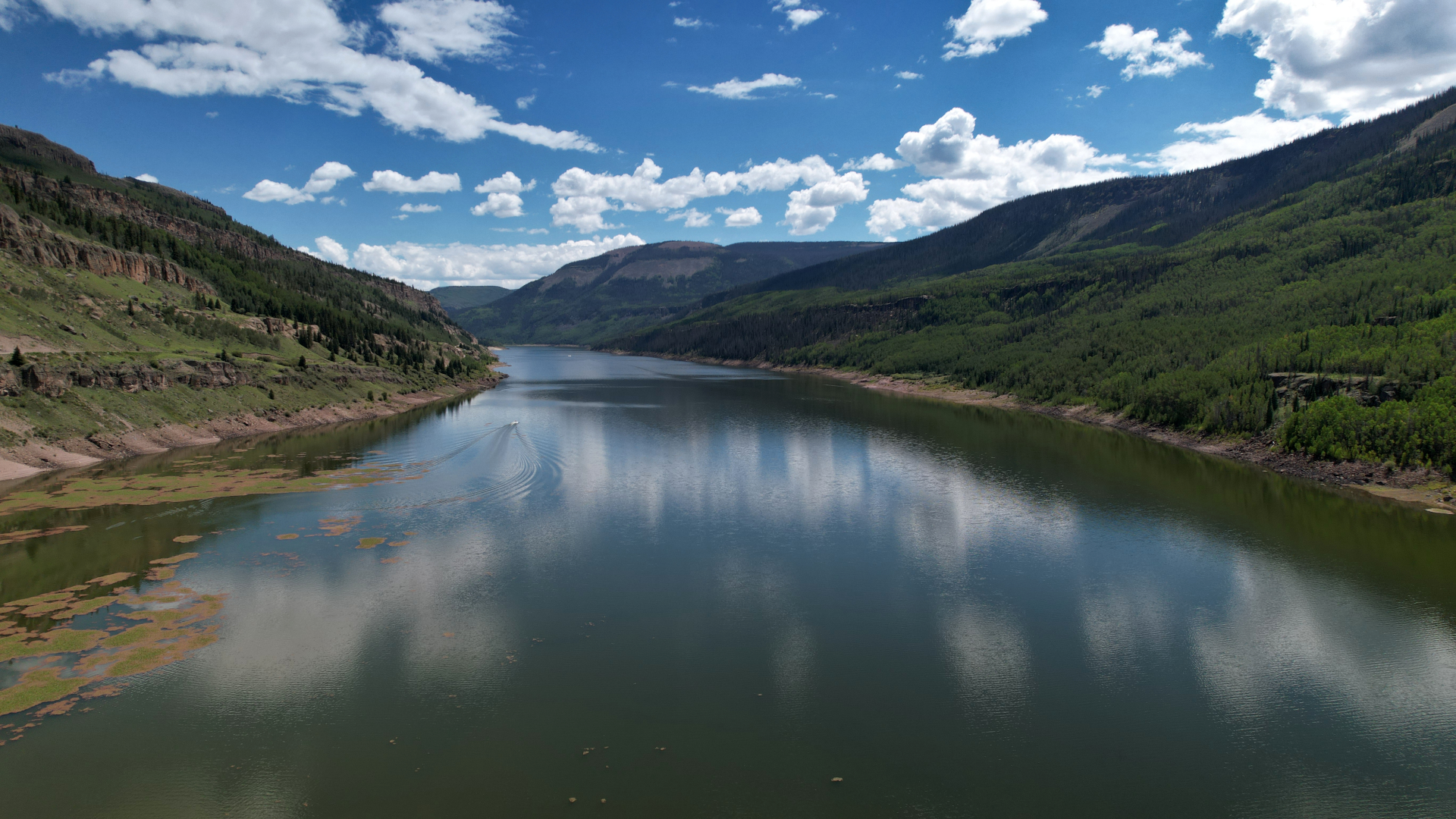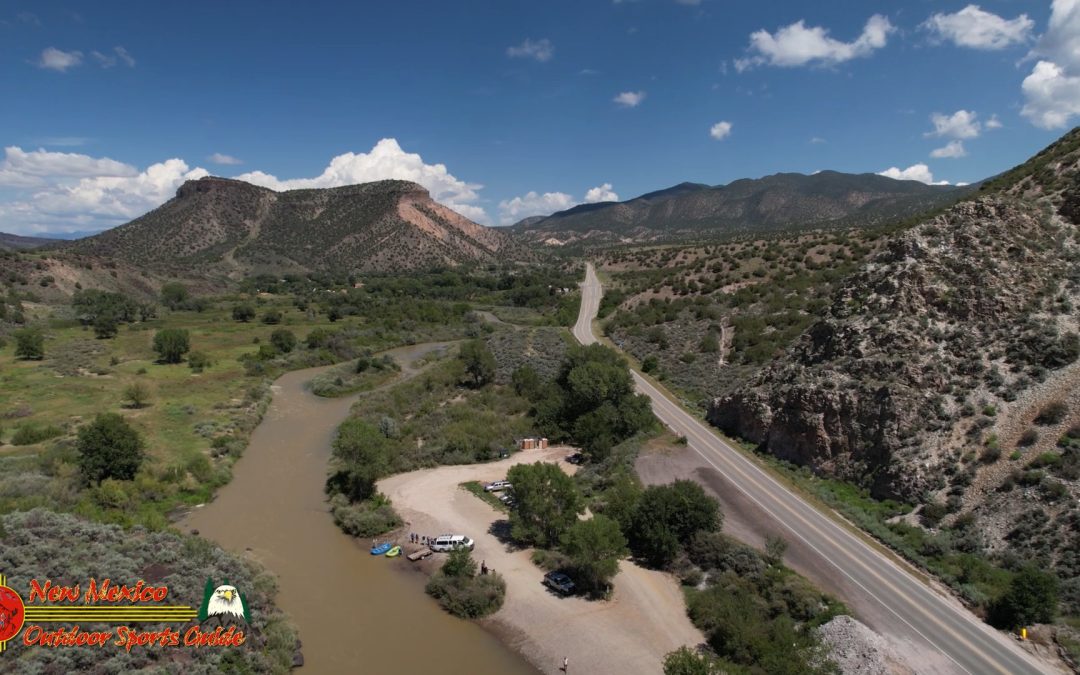The primary sources of water in the Rio Grande River watershed come from a combination of natural precipitation, mountain snowmelt, tributaries, and aquifers. Here’s a breakdown of the major sources:
1. Mountain Snowmelt
-
San Juan Mountains (Colorado): The headwaters of the Rio Grande originate in these high elevations. Snowmelt from this range provides the river’s primary and most reliable natural flow, especially in spring and early summer.
-
Sangre de Cristo Mountains (Colorado and New Mexico): Additional snowmelt flows into tributaries that feed the Rio Grande, particularly the Conejos, Costilla, and Pecos Rivers.
2. Tributaries
Numerous tributaries feed into the Rio Grande across its 1,900-mile course. Key ones include:
Upper Watershed (Colorado & Northern New Mexico):
-
Conejos River (CO)
-
Alamosa River (CO)
-
Costilla Creek (CO/NM)
-
Red River (NM)
-
Rio Hondo (NM)
-
Rio Chama (NM) – One of the largest and most important tributaries, regulated by Abiquiú Dam.
Middle Watershed (Central NM to West Texas):
-
Jemez River (NM)
-
Rio Puerco (NM)
-
Pecos River (NM/TX) – Major eastern tributary joining near Langtry, TX.
-
Arroyo Seco and intermittent arroyos – seasonal contributors during monsoons.
Lower Watershed (Texas & Mexico):
-
Devils River (TX) – Spring-fed and pristine, joins near Del Rio.
-
San Felipe Creek (TX)
-
Rio Conchos (Mexico) – A major Mexican tributary entering at Presidio-Ojinaga, often contributing more flow than the Rio Grande itself during dry periods.
3. Rainfall (Monsoonal and General Precipitation)
-
Summer Monsoons: In New Mexico, West Texas, and Northern Mexico, summer thunderstorms cause rapid runoff into the river and its tributaries.
-
General Rainfall: Although often sparse, localized storms in the Chihuahuan Desert and mountain foothills can produce flash flooding and boost river flow.
4. Aquifers and Groundwater
-
Springs and seeps from shallow aquifers contribute baseflow in certain regions.
-
Examples: San Solomon Springs in Texas and springs near Big Bend help sustain flow in arid sections.
-
However, groundwater pumping often depletes surface flows rather than contributing to them.
5. Reservoir Releases
-
Upstream Dams and Reservoirs regulate flow, primarily for irrigation and municipal use:
-
Platoro Reservoir (CO)
-
El Vado, Abiquiú, and Cochiti Reservoirs (NM)
-
Elephant Butte Reservoir (NM) – Key for downstream irrigation allocations.
-
Amistad and Falcon Reservoirs (TX/Mexico) – Jointly managed with Mexico under treaty agreements.
-
In Summary:
| Source | Contribution Type | Region |
|---|---|---|
| San Juan Mountains | Snowmelt (primary) | Colorado |
| Rio Chama & Conejos | Tributaries | NM and CO |
| Pecos & Rio Conchos | Tributaries (major) | NM, TX, and Chihuahua, MX |
| Monsoon rains | Seasonal runoff | NM, TX, northern Mexico |
| Aquifer-fed springs | Baseflow support | TX desert regions |
| Reservoirs | Regulated water delivery | Entire watershed |













0 Comments